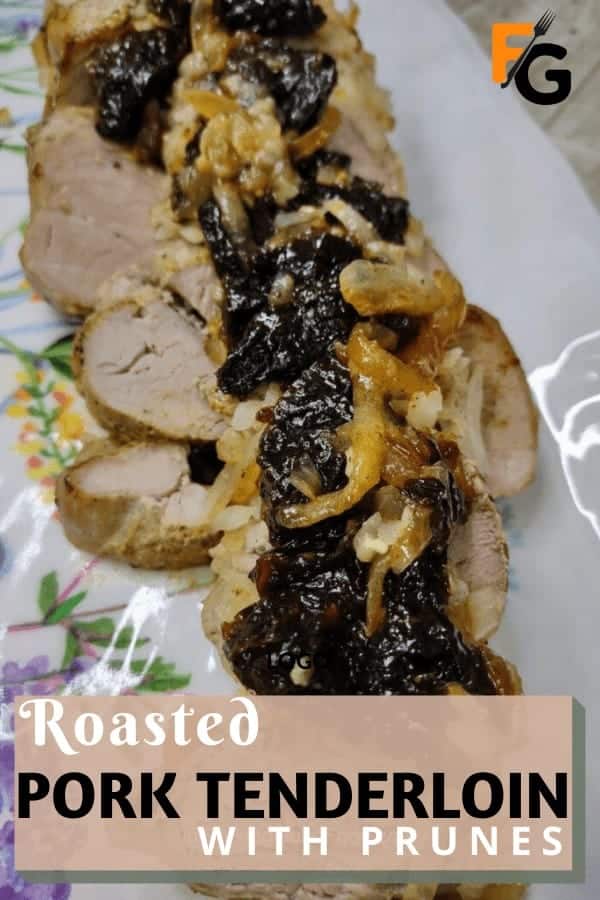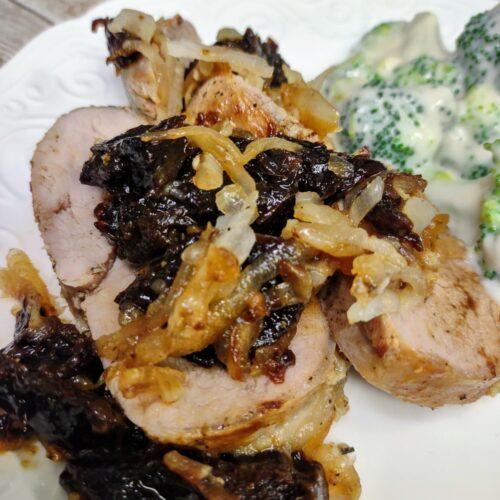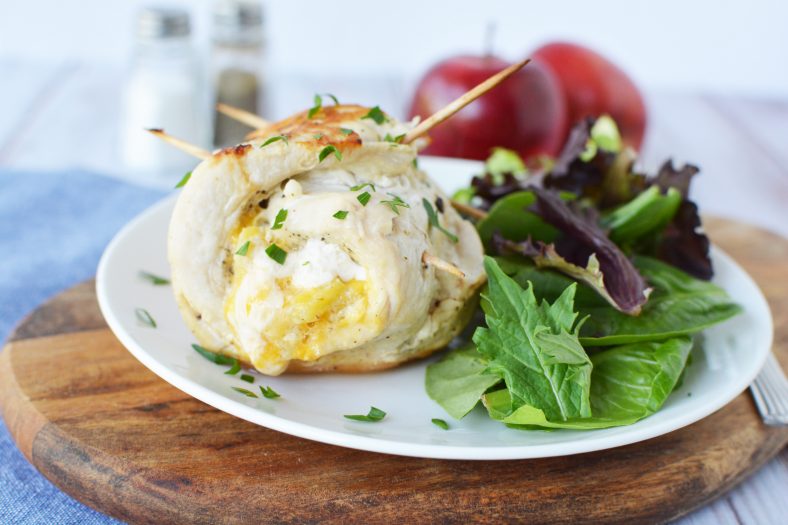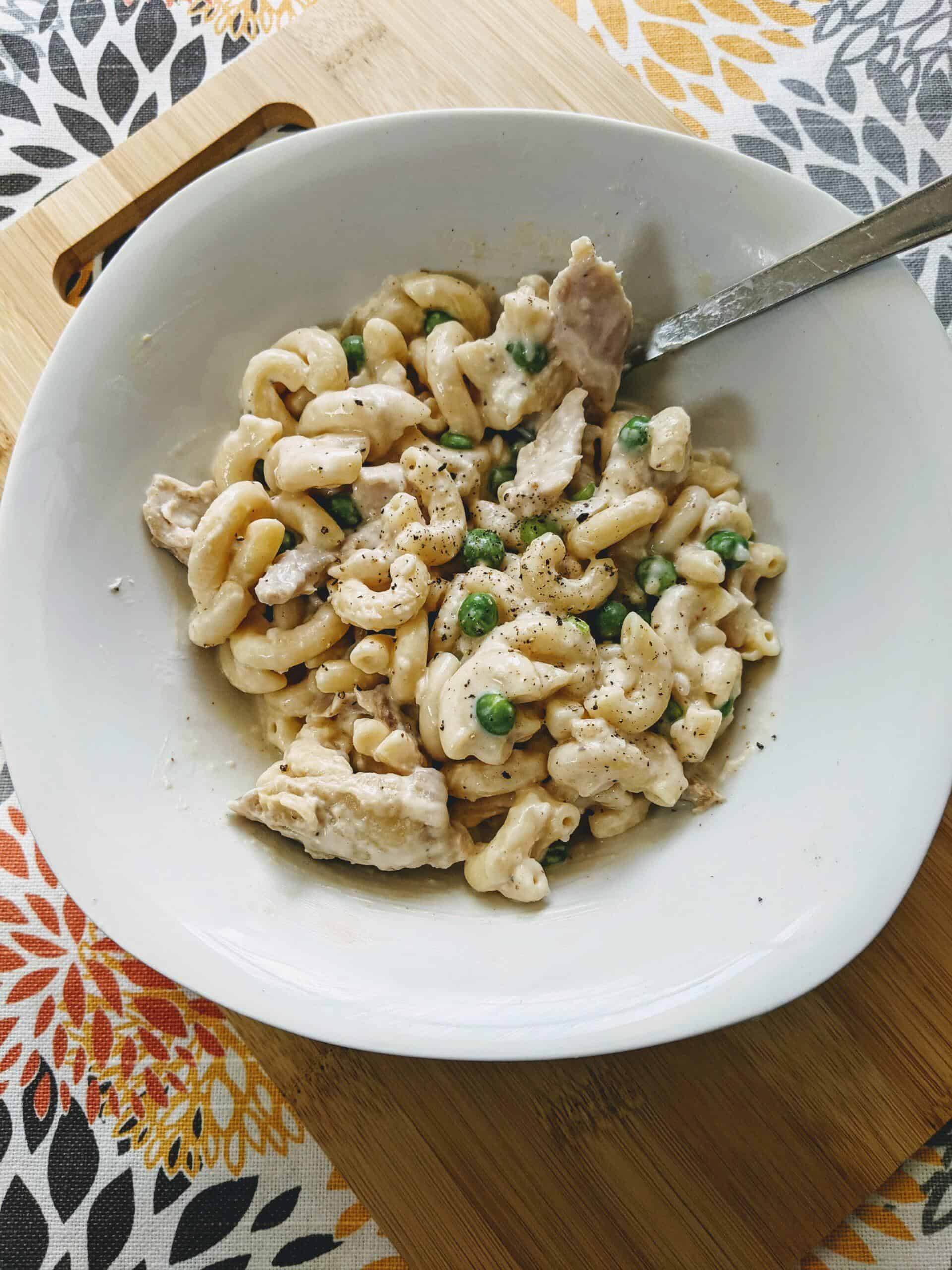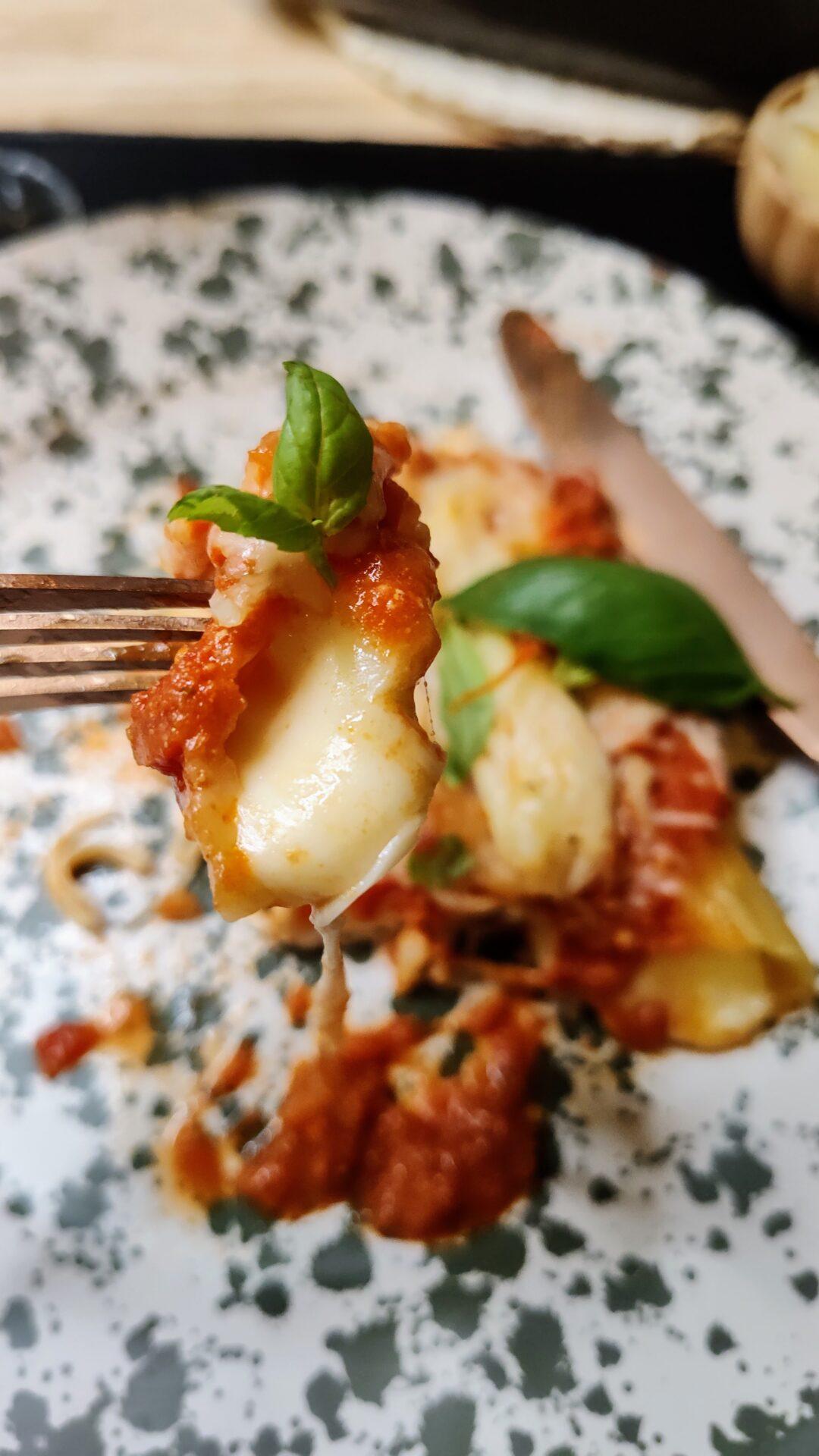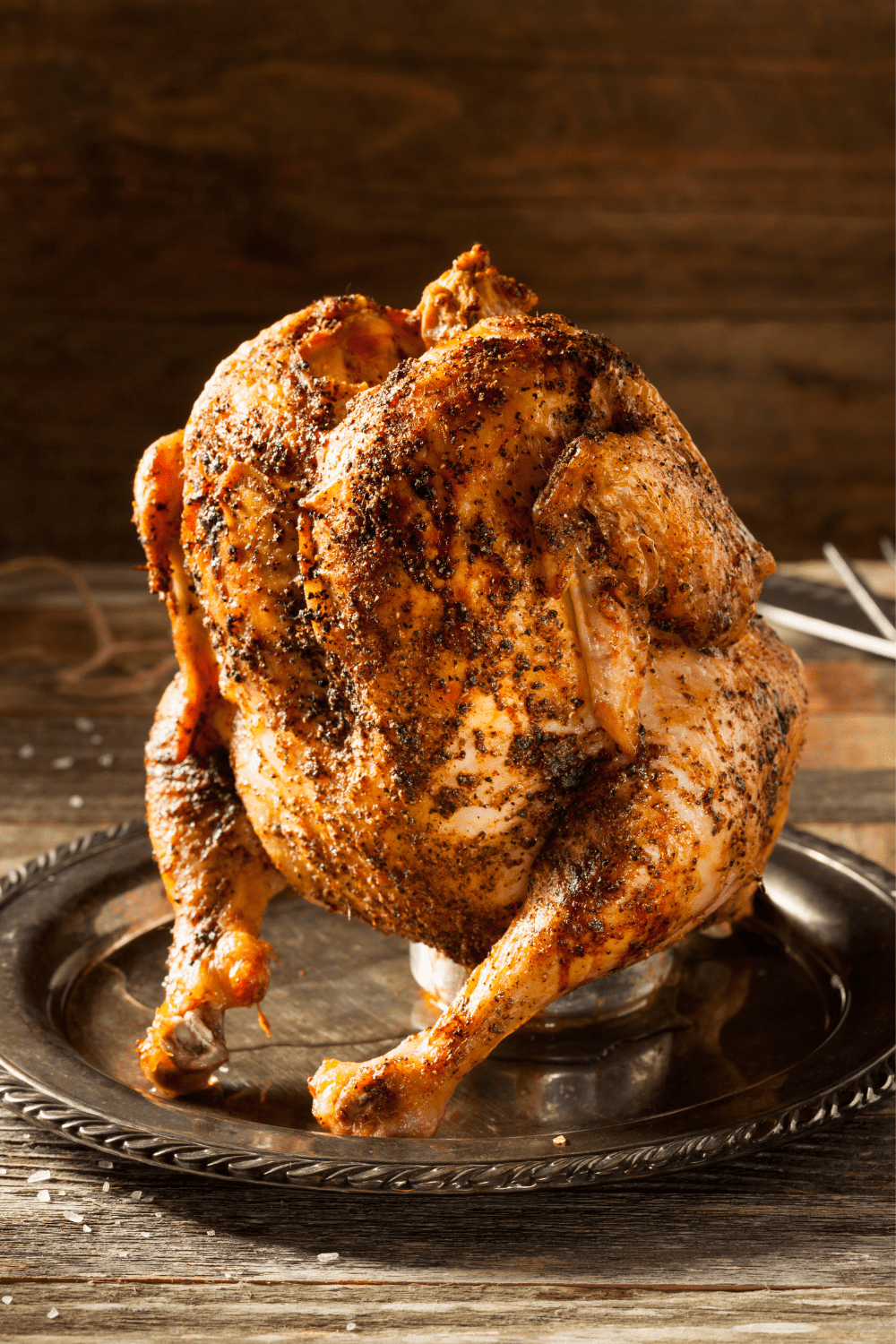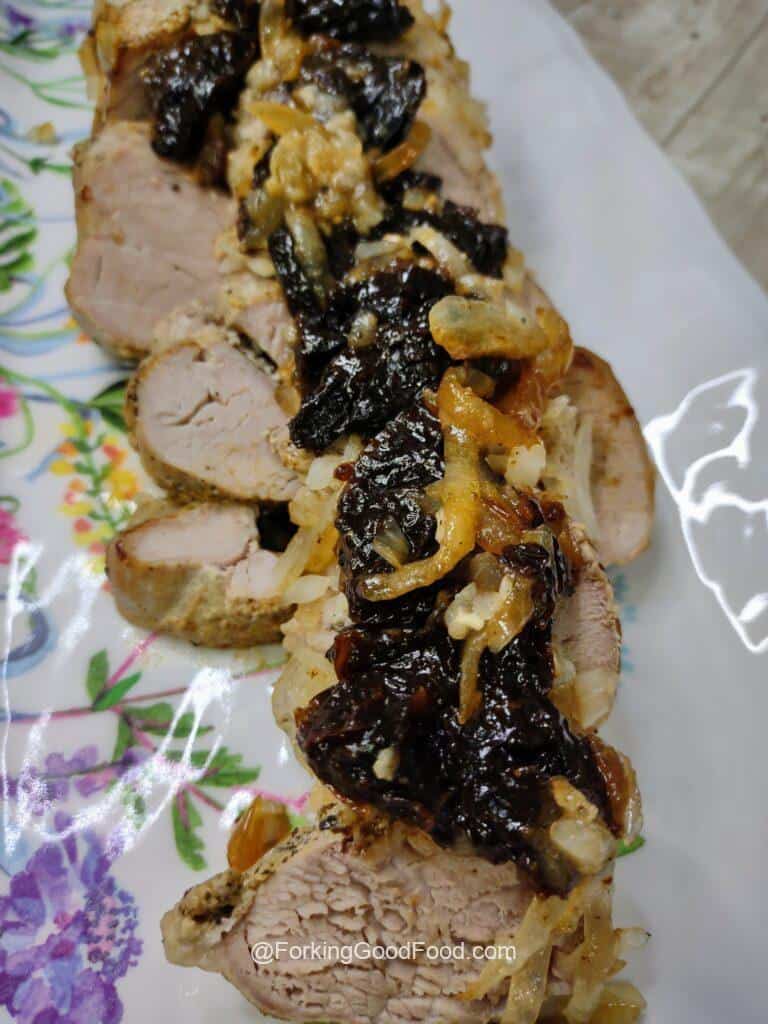
Roasted Pork Tenderloin with Prunes
I tried this recipe with a little trepidation. You either love prunes or you hate them – or at least you think you do, but have never actually tried them. Prunes get a bad rap, but they’re really quite delicious. Reconstituted prunes adds incredible moisture and a not-too-sweet tone to a beautiful roast pork. I find pork to be rather bland. The combination of the prunes, onions, sage and garlic bring the tender pork to life.
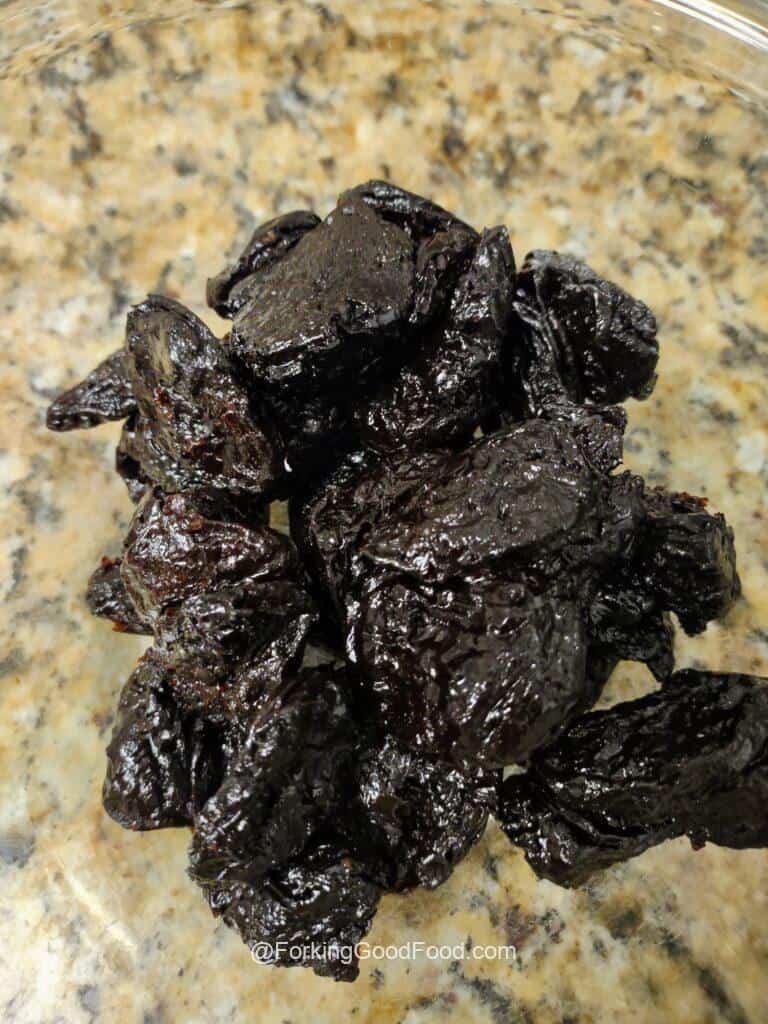
What’s the difference between prunes and dried plums?
Nothing. The short and sweet answer is that prunes are just dried plums, but not just any plums. However while all prunes are plums, not all plums become prunes. The plums that become prunes have blue or purple skins, are more oval in shape, and have easily removed pits. Prunes are chock full of both soluble and insoluble fiber and are a natural source of sorbitol. A couple of prunes a day can keep you nice and regular.
If a prune is a plum, then why is it called a prune?
After returning from the Crusades, monks grafted the Damas plums from Syria onto the local varieties. This was the birth of a new variety of plum, known as the Prune d’Ente . It was this hybrid plum that when dried became what we know as a prune.
Making the dish.
To prepare your pork tenderloin, tie it tightly and then combine your spices. Place a long piece of plastic wrap on your counter and then spread half of the spices in the middle, about as long as your pork. Place the pork on top and then spread the remaining spices along the top.
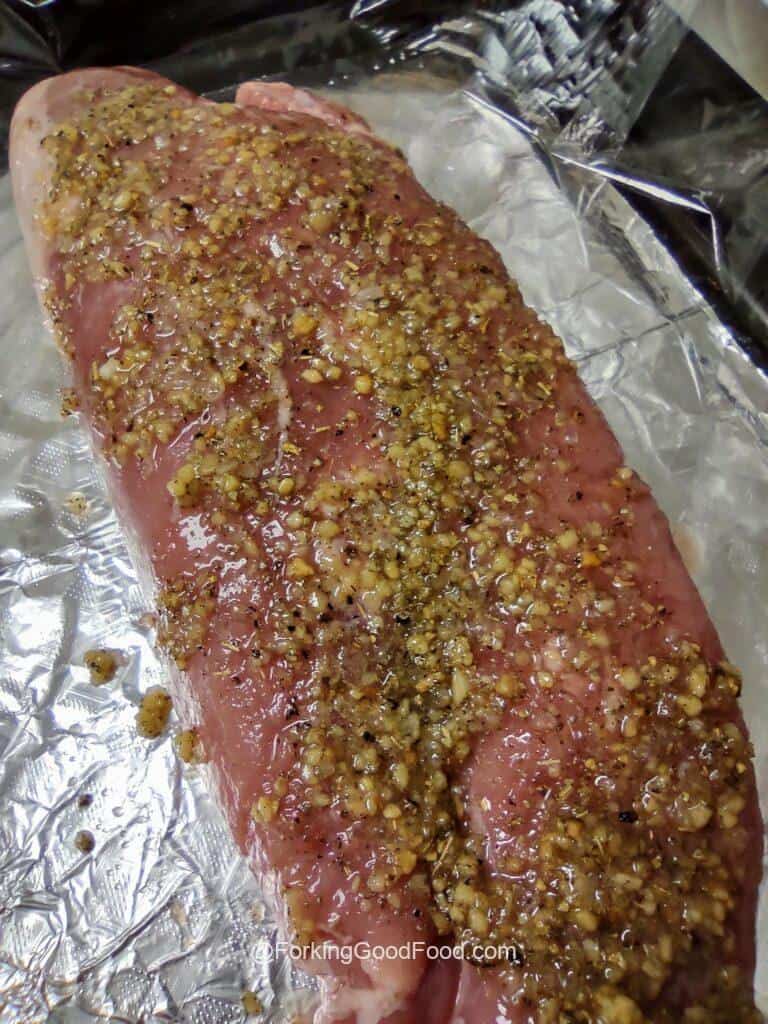
Wrap the tenderloin tightly in the plastic wrap and let rest at room temperature for about an hour.
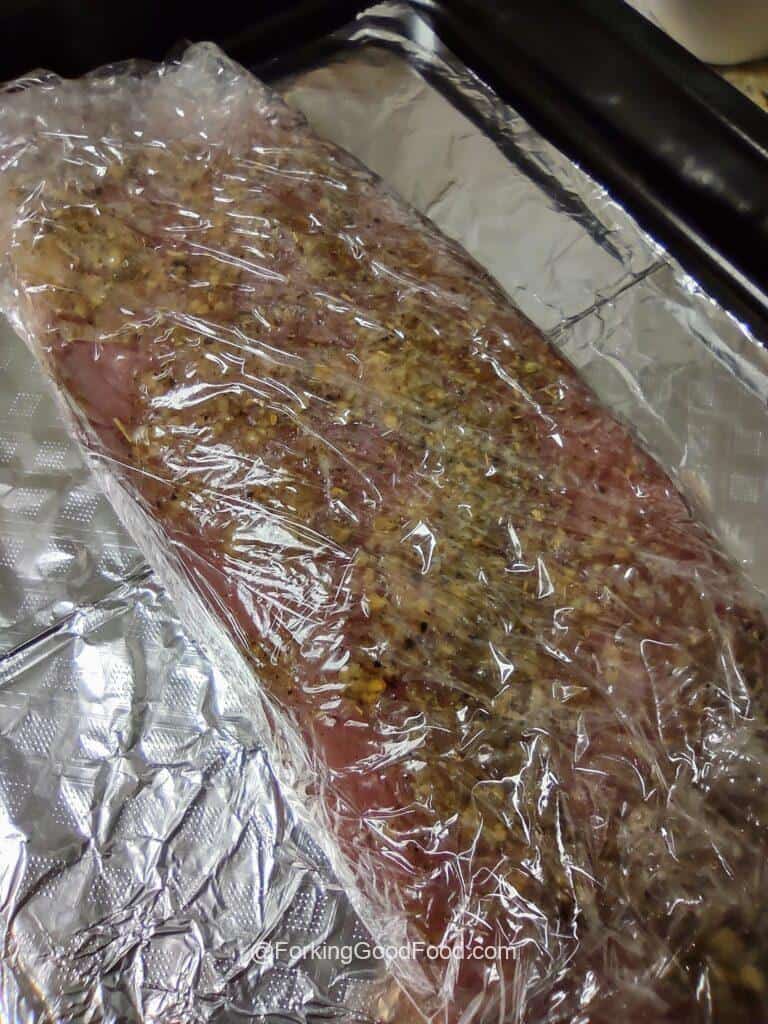
Once the pork is rested, preheat your oven to 350. Sprinkle the pork with flour, coating evenly and then brown all sides in a hot skillet.
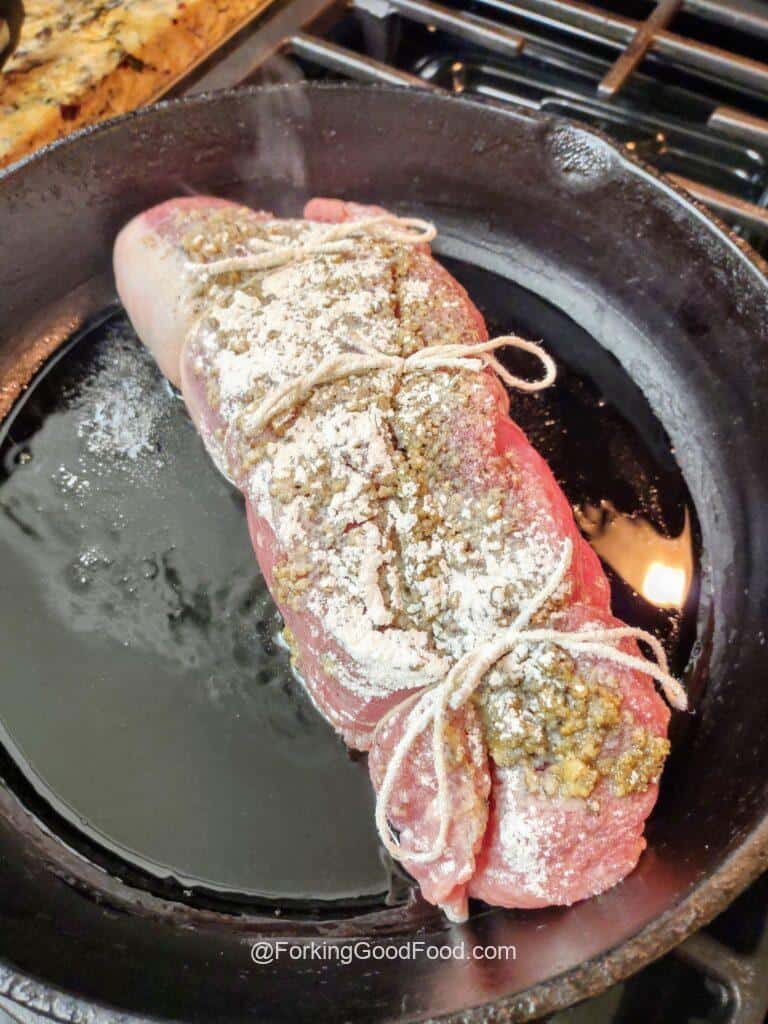
Transfer the pork to a large roasting pan. Grate the onions over the pork, add the water to the pan, cover, and roast for an hour – basting occasionally.
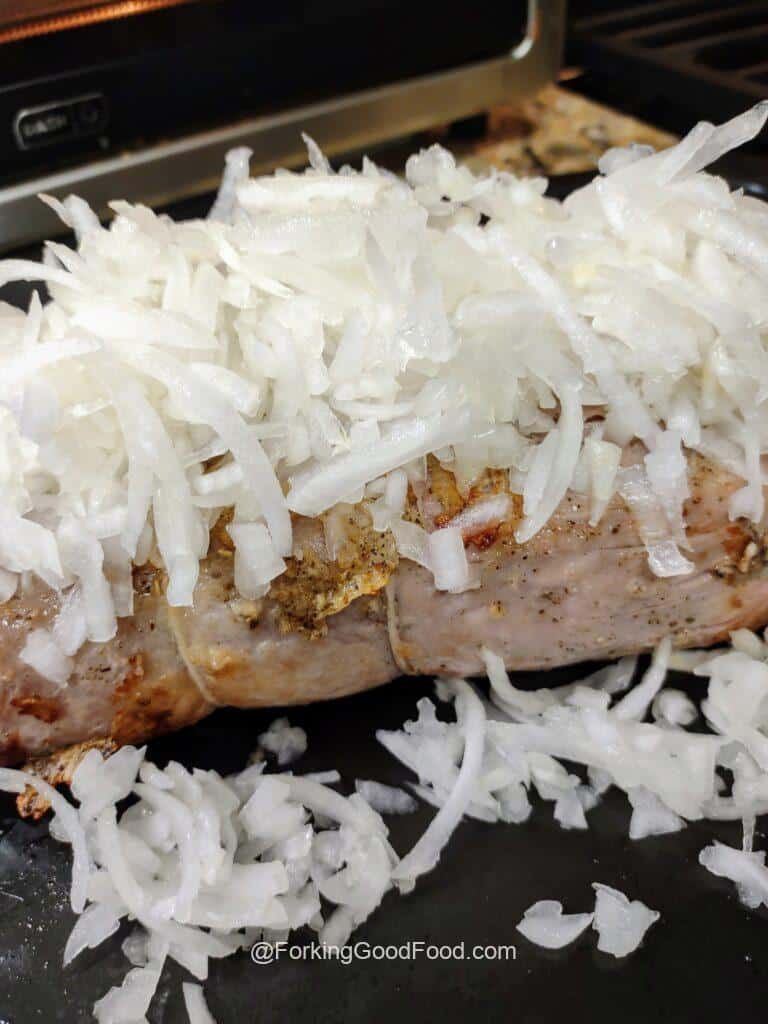
During the last 15 minutes of roasting, place your prunes in a large bowl with enough water to cover them completely. After reconstituting the prunes will be nice and plump. They can be rather large so I usually give them a rough chop.
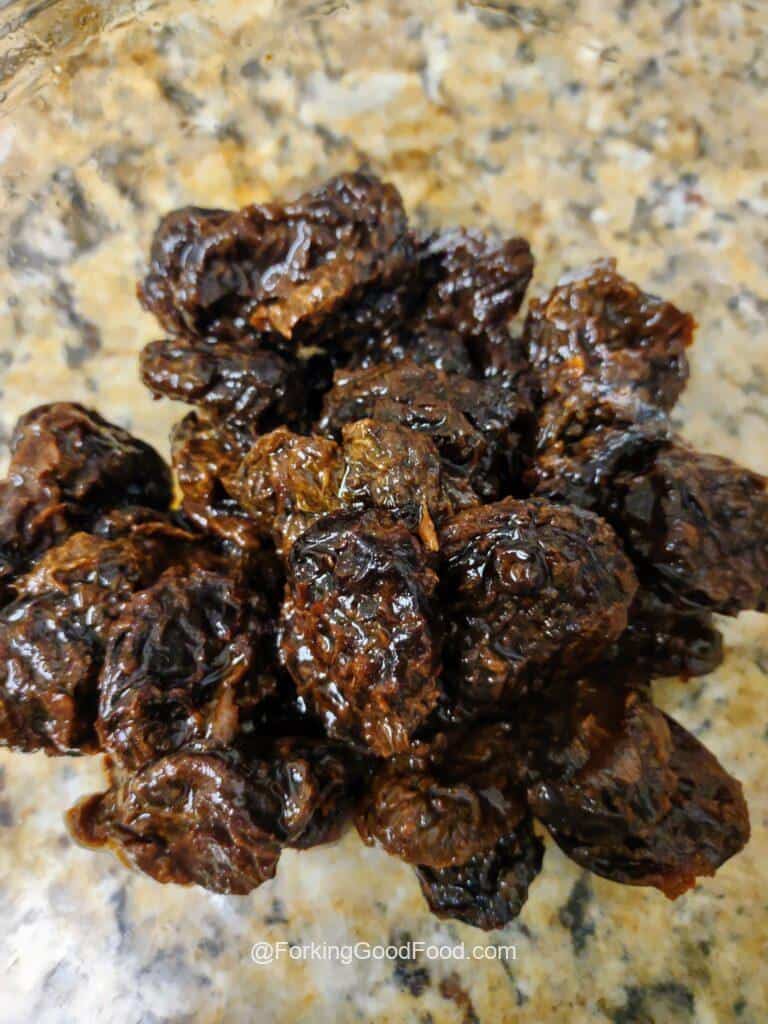
Drain the prunes and add to the roasting pan. Reduce the heat to 325, cover, and roast for another 15 to 30 minutes. Remove the roast and let rest for at least 10 minutes. Make your pan gravy and slice in nice, thick pieces

I love serving this with fresh steams broccoli with a nice Cheesy Béchamel Sauce.
Roasted Pork Tenderloin with Prunes
Equipment
- Cast Iron Skillet or other heavy frying pan
- Roasting dish/pan
Ingredients
- 4-5 lb pork tenderloin tied
- 4 cloves garlic minced
- 1 ½ tsp coarse salt
- ¼ tsp ground peppercorns
- ½ tsp sugar
- 1 tsp dried sage
- 2 Tbs AP flour
- 3 Tbs olive oil
- 1 medium onion grated
- 1 ½ cups water plus more for prunes
- 2 cups pitted prunes dried plums
Instructions
- In a small bowl, combine salt, pepper, sugar, garlic, and sage. Coat the pork evenly with the mixture
- Cover tightly with plastic wrap and let sit at room temperature for 1 hour
- Preheat oven to 350℉
- Sprinkle flour over pork to lightly coat, shake to remove any excess
- In a large skillet, heat oil over medium-high heat. Add pork and brown on all sides
- Transfer pork to a large roasting pan
- Grate onions over pork
- Add 1 ½ cups water to roasting pan, and roast, covered, for 1 hour - basting occasionally
- In a medium bow, soak prunes in enough cold water to cover for 15 minutes
- Drain and add the prunes to the roasting pan
- Cover and reduce heat to 325℉ and roast until internal temperature reaches 145℉ (about 15-30 minutes)
- Remove pork from pan and rest for 10 minutes
- Place roasting pan on stove and heat over medium-high heat. Cook pan juices until reduced and thickened enough to coat the back of a wooden spoon
- Slice pork, arrange on serving platter, and serve with sauce
Nutrition
